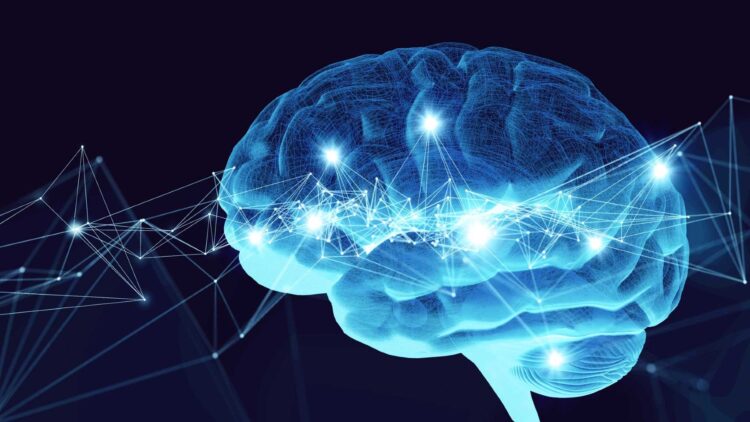Understanding the human brain is essential in science. Now, it has been discovered that the shape of the brain, and not just its size, could become a new marker for the early detection of cognitive decline and Alzheimer’s disease. This discovery was made possible by an international study in which the University of La Laguna participated, along with researchers from the University of California, Irvine (UC Irvine).
he data indicates that the lower brain regions tend to expand while the upper regions compress
Going into detail, the research, published in the journal Nature Communications, demonstrates that aging systematically alters the brain’s geometry. A better understanding of the risk of developing dementia can lead to improvements in care and treatments, and a new study identifies a link between changes in brain shape and the decline of cognitive functions, such as memory and reasoning. The data indicates that the lower brain regions tend to expand while the upper regions compress, a pattern directly linked to the loss of memory, reasoning, and other cognitive functions, as reported by the University of La Laguna (ULL) in a statement on Monday.
“Most studies on brain aging focus on the amount of tissue lost in different regions”
The fact is that these types of structural changes, which are more pronounced in people with cognitive impairment, could also explain why regions like the entorhinal cortex, one of the first affected in Alzheimer’s disease, are especially vulnerable to neuronal damage, due to the physical stress that aging exerts on that area. “Most studies on brain aging focus on the amount of tissue lost in different regions,” says neuroscientist Niels Janssen of the University of La Laguna. The idea is that some of the wear and tear that ultimately leads to dementia can also alter the brain’s structure and shape, and detecting these changes could be a relatively simple way to detect dementia early. “What we discovered is that the overall shape of the brain changes systematically, and these changes are closely related to the cognitive decline a person experiences,” the experts explain.
The work underscores the need to understand how the mechanical changes of aging influence brain vulnerability and provides new insights for its protection
Specifically, the team analyzed 2,603 brain MRIs of people aged between 30 and 97, tracking structural and shape changes over time and comparing them with participants’ scores on cognitive tests. The work, developed in collaboration with the Center for Neurobiology of Learning and Memory at the University of California, Irvine, underscores the need to understand how the mechanical changes of aging influence brain vulnerability and provides new insights for its protection. These new findings, made by [reference missing] and the University of La Laguna (Spain), build upon what we already know about how the brain naturally shrinks with age.
“If the aging brain gradually transforms in such a way that it pushes this fragile region against a rigid boundary, it could create the ideal situation for damage to take root”
For his part, neuroscientist Michael Yassa, from the University of California, Irvine, has said that “if the aging brain gradually transforms in such a way that it pushes this fragile region against a rigid boundary, it could create the ideal situation for damage to take root.” Neurological diseases are among the most complex and require extensive study to better understand them and find treatments. There are further implications for neurodegenerative diseases like Alzheimer’s, where brain damage accumulates. As Professor Niels Janssen explains, these findings “open the door to identifying the risk of dementia many years before symptoms appear, thanks to new geometric brain markers.”

